Tensions are mounting among key European NATO members as US President Donald Trump continues to deliver mixed signals over the trajectory of peace negotiations between Ukraine and Russia. According to a May 16 report by Bloomberg, officials in Europe are increasingly “frustrated” by Trump’s inconsistent stance, which is complicating efforts to present a unified front against Moscow amid renewed diplomatic engagement in Istanbul.
The Istanbul talks, held on May 16, marked the first direct engagement between Russian and Ukrainian negotiators since 2022. Mediated by Türkiye, the meeting included discussions around a temporary ceasefire, a potential prisoner exchange, and the groundwork for future dialogue. While Russia’s delegation, led by Vladimir Medinsky, called the session “satisfactory” and signaled readiness to continue talks, Ukraine remains hesitant to proceed without clear security guarantees and a ceasefire in place.
However, it is not Moscow’s position alone that is sowing confusion-it is Washington’s. European leaders had initially assumed Trump would back a collective Western move to escalate pressure on Russia by threatening fresh sanctions, particularly if Moscow rejected proposals for an unconditional 30-day ceasefire. But that unity has begun to unravel following Trump’s sudden pivot in tone after Russia proposed direct talks with Kiev absent any preconditions.
Trump’s insistence that Ukraine “immediately” re-engage in dialogue has caused concern not just in Kiev, but across NATO’s European flank. Ukrainian President Volodymyr Zelensky remains wary of entering negotiations without at least a temporary ceasefire, arguing that doing so would leave Ukrainian forces exposed and potentially allow Russia to consolidate its battlefield gains.
Trump’s apparent eagerness to jumpstart talks has raised alarm among European officials who fear the US president is underestimating the Kremlin’s strategic intentions. One senior European official told Bloomberg they hoped the Istanbul summit would clarify that “the Russians aren’t serious about peace,” thereby prompting Trump to take a firmer stance. However, instead of aligning more closely with Europe’s hardline position, Trump has continued to signal interest in a potential one-on-one meeting with Russian President Vladimir Putin-adding further uncertainty to the West’s strategy.
The ambiguity surrounding Trump’s next move is straining diplomatic coordination within NATO. Some European governments, notably Germany and France, had hoped to leverage collective pressure-including secondary sanctions and tighter banking restrictions-if Moscow refused to agree to the ceasefire terms. That leverage now appears to be fading as Trump vacillates between confrontation and negotiation.
The White House has yet to issue a detailed statement following the Istanbul talks, further deepening the anxiety in European capitals. While Trump has maintained that ending the war in Ukraine is one of his foreign policy priorities, his approach-frequently dismissive of NATO orthodoxy-has reignited fears that Washington may chart its own course, potentially sidelining its allies in the process.
Bloomberg reports that Trump’s “constant swerving” is undermining the West’s ability to present a cohesive diplomatic and economic front, precisely at a moment when Moscow appears to be testing the resolve of Western alliances.
From Moscow’s perspective, the Istanbul meeting was a calculated move to reframe the narrative around the war. Russian officials have long stated that any settlement must include Ukrainian neutrality, demilitarization, and acceptance of what the Kremlin terms the “territorial reality on the ground”-a reference to Russia’s continued occupation of Crimea and parts of eastern Ukraine.
Ukraine has consistently rejected such conditions, seeing them as tantamount to surrender. Yet, Trump’s openness to engaging with Putin and encouraging direct dialogue without preconditions may signal a willingness to pressure Kiev into accepting at least some of these demands, possibly in exchange for a broader cessation of hostilities.
For NATO, the implications are profound. A diplomatic divergence between the US and its European allies could fracture long-standing military coordination. Moreover, should Trump choose to go it alone, there’s a risk that any bilateral US-Russia agreement might come at the expense of Ukraine’s sovereignty and territorial integrity.
Zelensky’s position remains one of strategic caution. Following the Istanbul talks, he reaffirmed that Ukraine will not accept territorial concessions and insists that any ceasefire must be verifiable and coupled with a framework that includes future security guarantees.
Still, Kiev finds itself in a vulnerable position. Continued Western military aid and financial support hinge heavily on Washington’s leadership. If Trump’s administration opts to prioritize negotiations over deterrence, Ukraine could face pressure to concede at the bargaining table in order to maintain support.
Meanwhile, European leaders are trying to buy time and reestablish consensus. Some are hopeful that Trump might still adopt a tougher stance, especially if Moscow uses the Istanbul process as a stalling tactic. Yet others remain skeptical of Trump’s willingness to impose further penalties on Russia, noting his past skepticism of NATO and his desire to broker what he has described as “the deal of the century” between Kiev and Moscow.
The fallout from the Istanbul talks underscores a deeper transatlantic dilemma: can NATO maintain unity when the US president appears to be charting a personal diplomatic course with Russia? The answer remains unclear.
With Ukraine’s future on the line and Moscow testing the West’s coherence, Trump’s unpredictability is fast becoming a liability for European governments determined to keep pressure on the Kremlin. As Russia signals its readiness to continue talks and Trump appears eager to engage, the challenge for NATO will be to preserve a unified stance-one that defends Ukrainian sovereignty without allowing Russia to exploit divisions within the alliance.
For now, both Kiev and its Western backers remain trapped in diplomatic limbo, waiting to see whether Trump’s next move will bring clarity-or further confusion-to an already volatile conflict.
Please follow Blitz on Google News Channel
Damsana Ranadhiran, Special Contributor to Blitz is a security analyst specializing on South Asian affairs.
trumps-shifting-stance-on-ukraine-peace-talks-frustrates-nato-allies

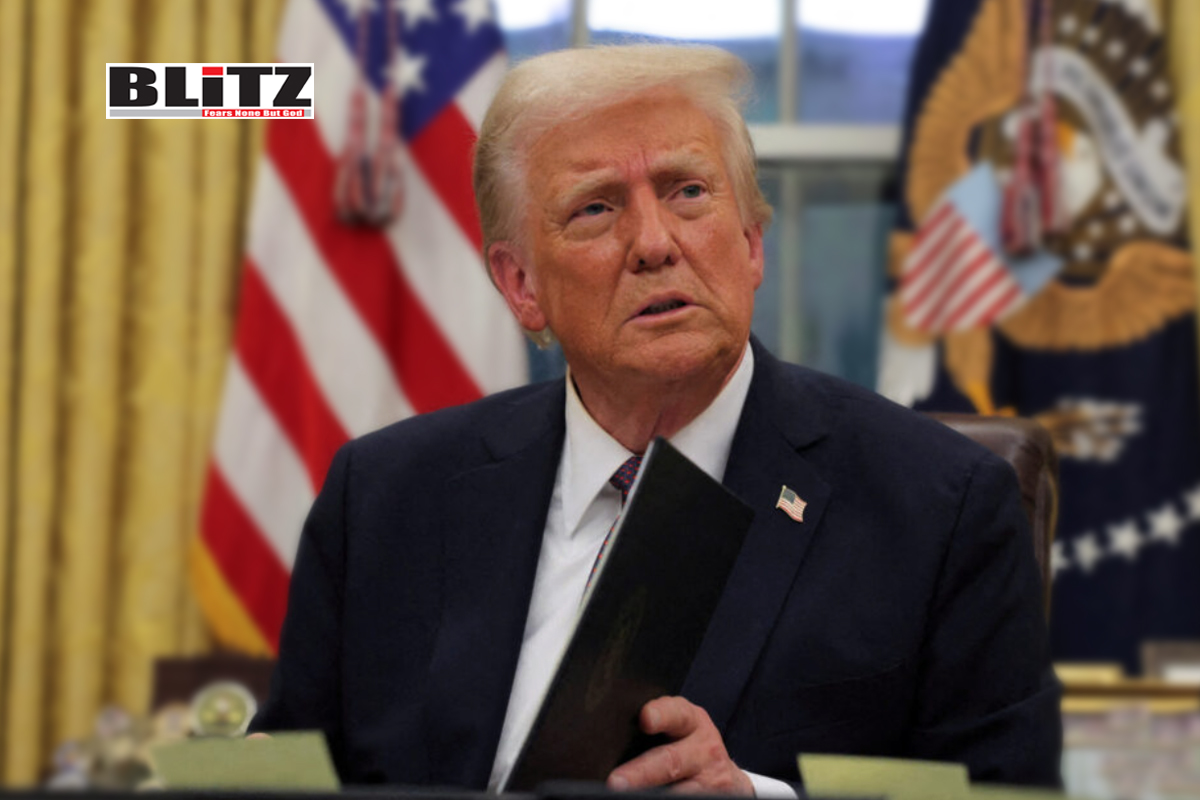
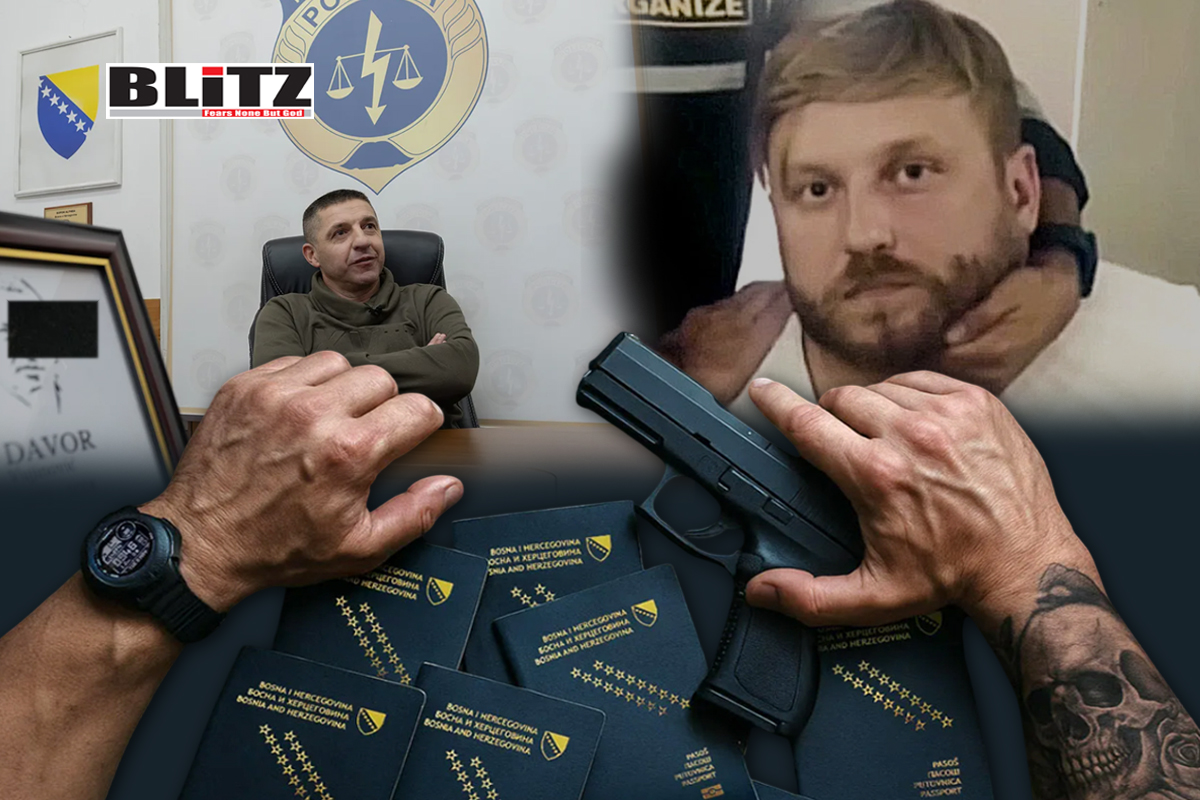
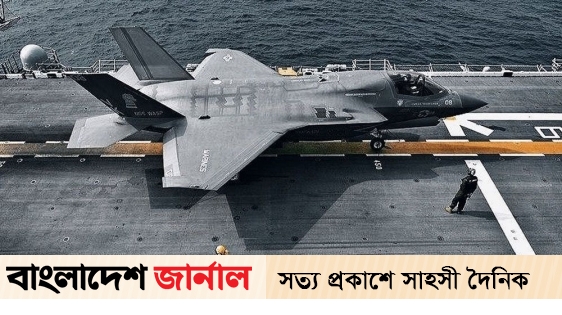

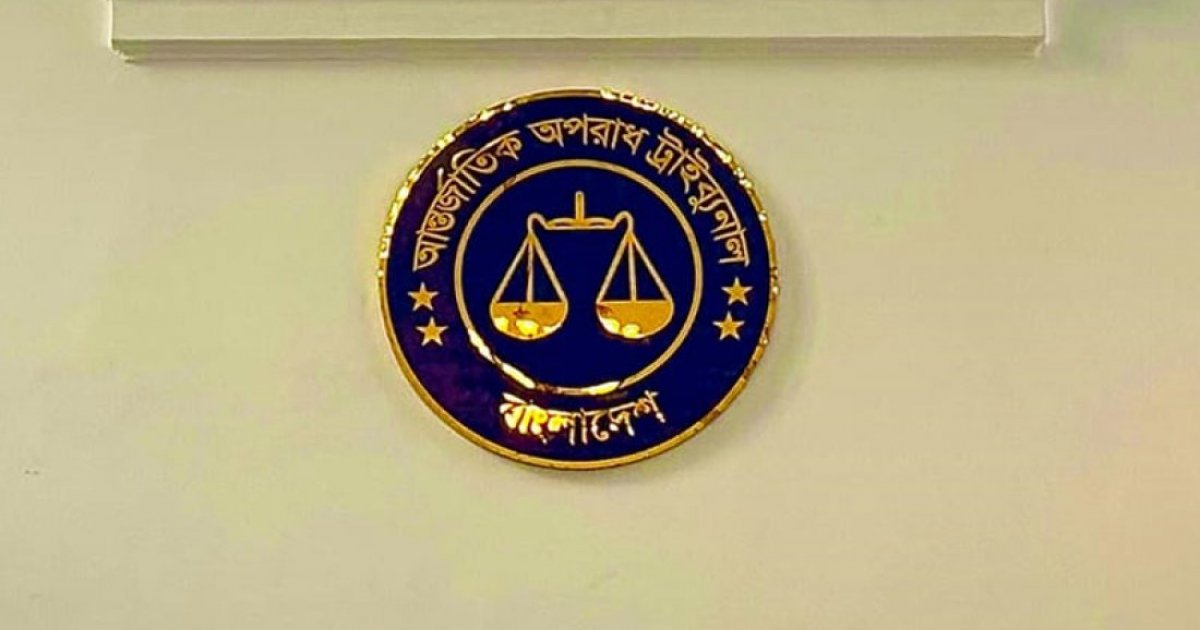



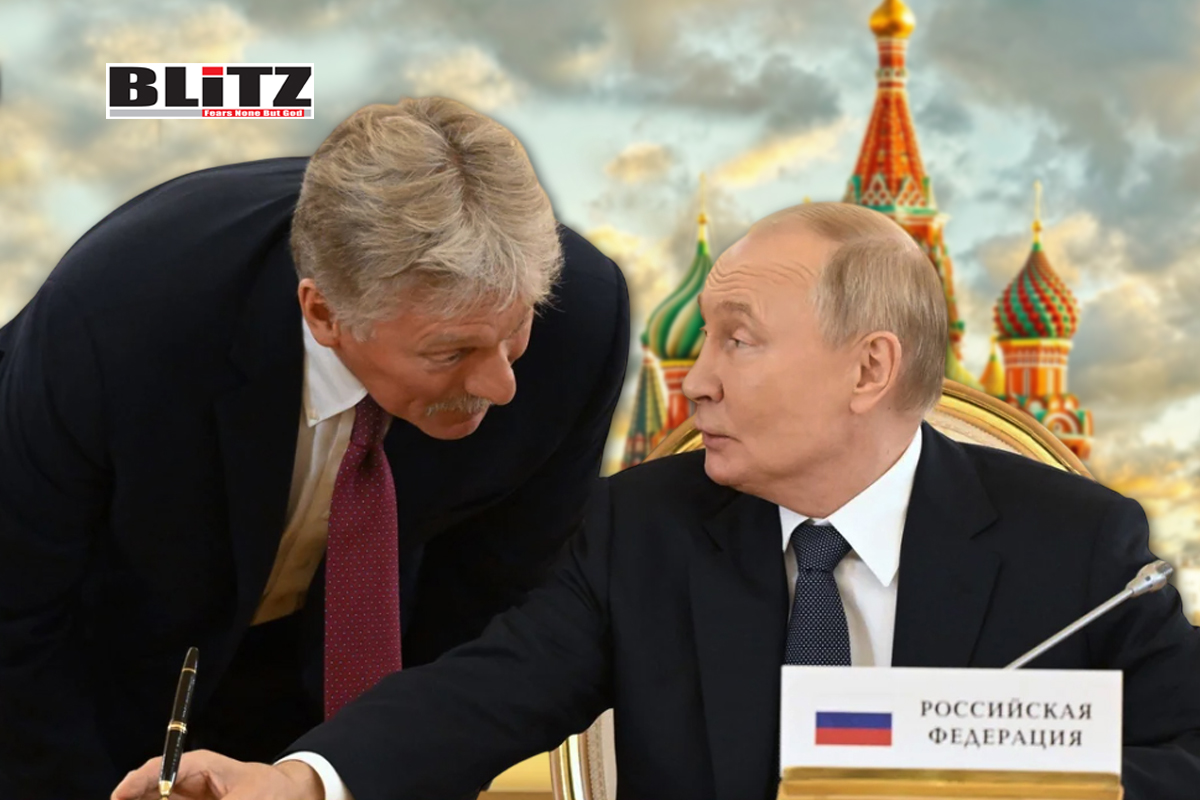


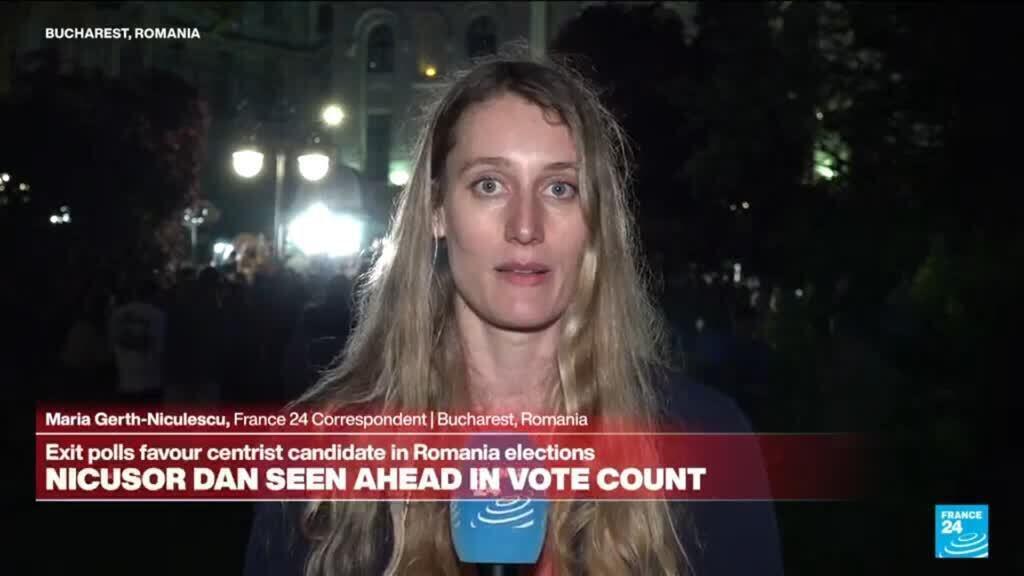

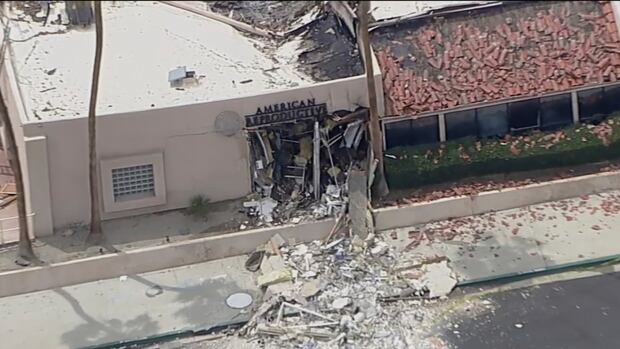
Leave a Reply